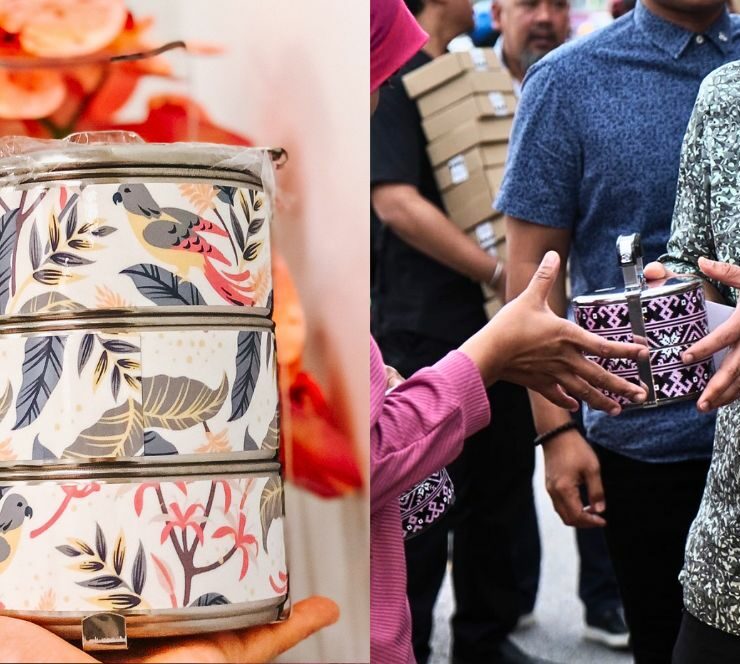How This 134 Year Old Tree in Kuala Kangsar Played A Big Role In The Pandemic
The tree still stands today and is located near the royal town’s District Office.
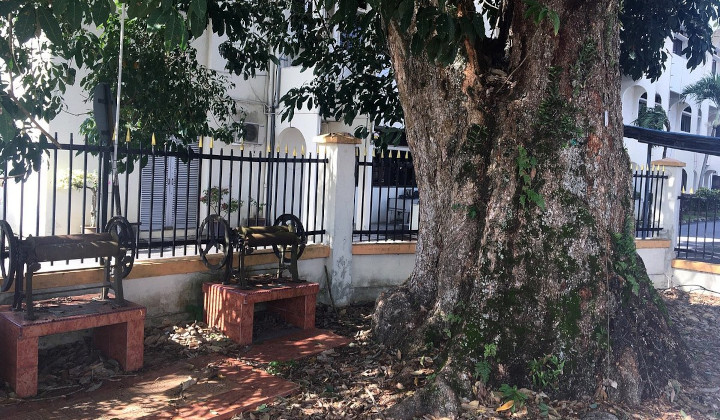
Subscribe to our Telegram channel for the latest stories and updates.
Trees in Malaysia are more than just shade on a hot day. Rubber trees in particular have been an important source for its role in rubber export.
The first rubber seedling planted in Malaya came from London
In 1877, English botanist Henry Nicolas Ridley brought a total of 22 rubber seedlings from the Kew Gardens in England to the Botanic Gardens in Singapore (then still part of Malaya). Of the 22 seedlings, nine found their way to Kuala Kangsar, Perak. Of those nine seedlings, one still stands today.
Rubber trees are actually native to South America. Their scientific name Hevea brasiliensis suggests the original seedlings in Malaysia came from Brazil – which may have been related to Ridley’s expedition to the island of Fernando de Noronha – off the coast of Brazil.
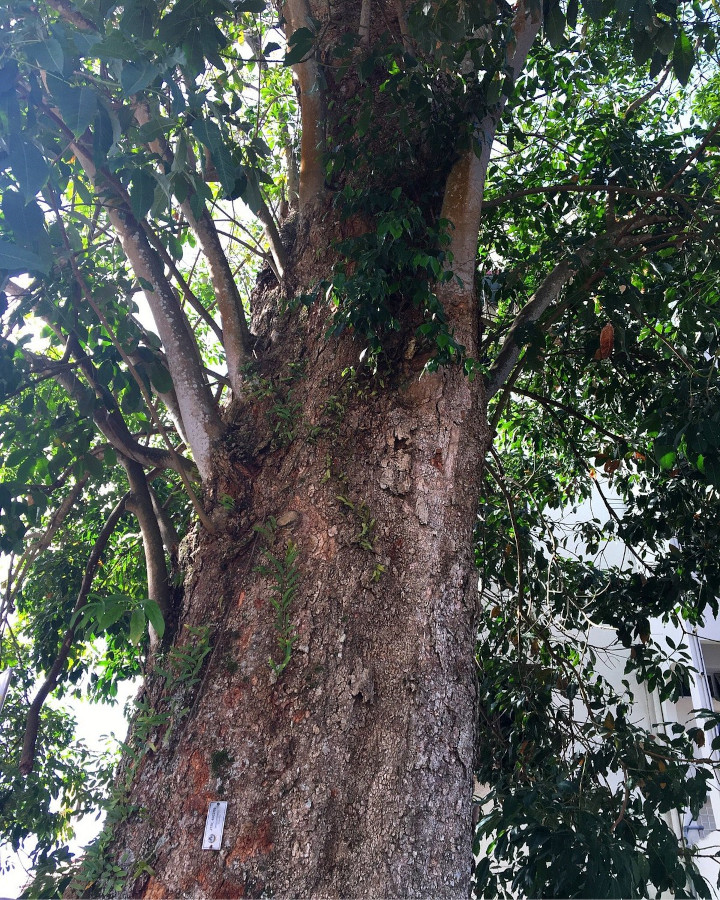
Ridley, known as “Mad Ridley” for his fervour for his craft, was instrumental in the development of rubber plantations in Malaya. By the 1930’s Malaya had become the world’s largest natural rubber producer with thanks to a method of tapping to extract maximum flow of latex with the minimum damage to trees. This led to natural rubber being a critical pillar of Malaysia’s export economy throughout much of the 20th century.
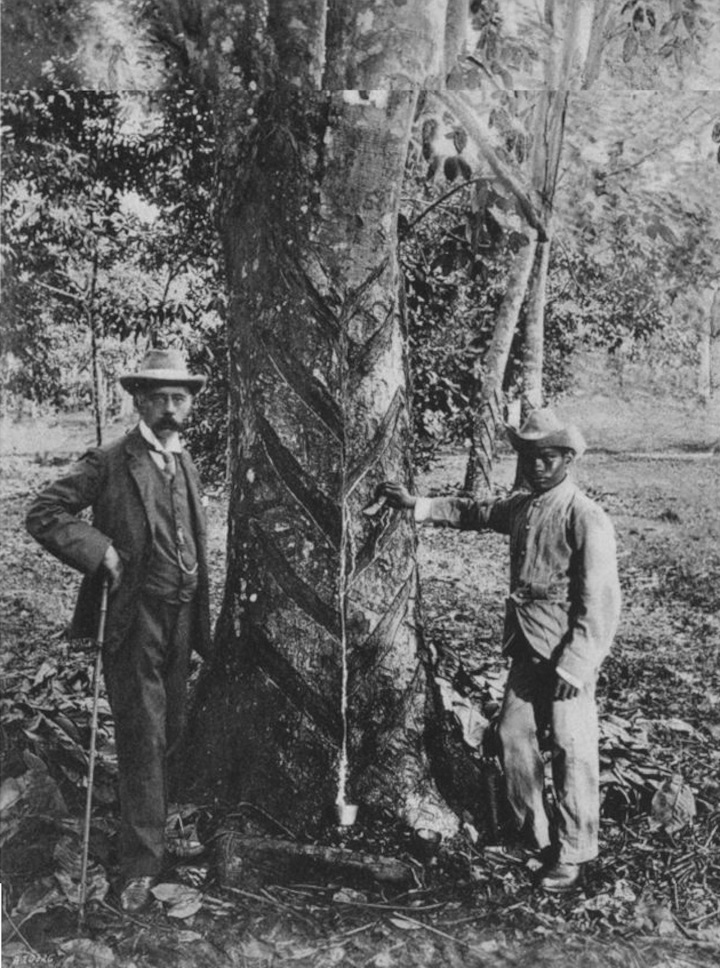
How this crucial bit of history came into play with the pandemic
You might have guessed it by now, but gloves are made from…rubber!
The evolution of Malaysia’s glove manufacturing came about when the AIDS epidemic in the 1980s drove up demand for medical gloves. Many countries ramped up production capacity but ultimately Malaysia came out a winner.
According to Pong Kai See, immediate past president of the Plastic and Rubber Institute Malaysia, our country’s success at the time was due to the availability of latex and the know-how and entrepreneurship to handle all aspects of glove production.
Malaysia has since leveraged this advantage to become the leading player in glove machinery, former production, latex technology and nitrile latex production.
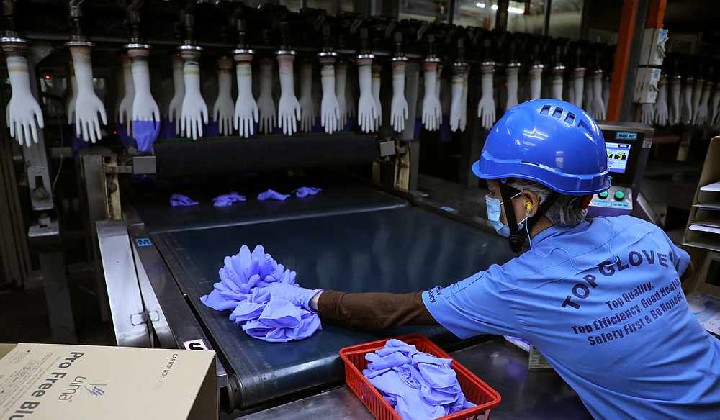
Rubber gloves will always be in demand at the mercy of Covid-19
The Malay Mail reported a couple of months ago that Malaysia is racing to increase production to close a supply gap caused by the pandemic.
Global production is expected to ramp up to 420 billion this year from 380 billion last year. Malaysia expects to supply 280 billion, or 67% of that increased global supply.
One tree, a global pandemic, and billions of gloves
When interstate travel is allowed again, why not pay a visit to the infamous rubber tree in Kuala Kangsar.
While you’re there, why not thank it for unknowingly doing its part in fighting the pandemic.
Share your thoughts with us on TRP’s Facebook, Twitter, and Instagram.
Former advertising mad woman - turned mother to an amazing little girl born 3 months early - and now a returned writer. Also a textbook ambivert with no clue about today's pop music but a walking encyclopedia of music from the 80s and 90s.

